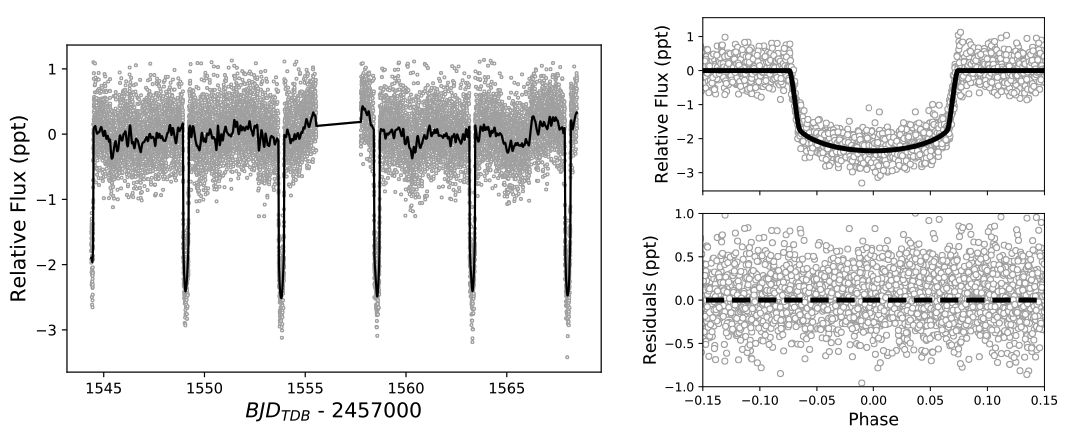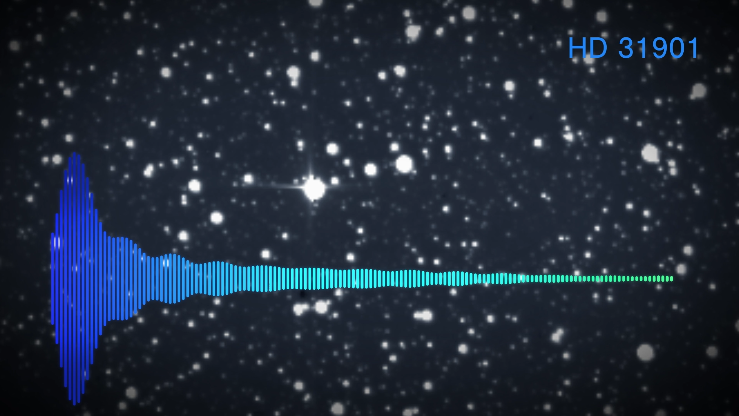STATUS UPDATE: We are now observing in sector 25!
Welcome TESS followers to second news bulletin! This week we have an exciting announcement about Stellar Pulsations, plus an additional three papers published to arXiv.org.
-
Very regular high-frequency pulsation modes in young intermediate-mass stars (Bedding et al., 2020) : Some stars can experience pulsations which can be used to probe their internal structure. Such a class of stars are Delta Scuti stars, which are of intermediate mass and pulsate in interesting and complex ways. Understanding the nature of these pulsations can be extremely difficult, but using the large FoV, and high cadence coverage provided by TESS scientists were able to detect a subset of Delta Scuti stars with regular pulsations. Once these patterns were established the scientists continued their investigation using data from Kepler, and conducted follow up observations using ground-based facilities such as Keck, and the Las Cumbres Observatory. The detection of clear patterns in these objects is significant as now these pulsations can be compared to models and our understanding of these objects improved. For more information about this significant discovery please visit the NASA feature webpage.
-
An Unusual Transmission Spectrum for the Sub-Saturn KELT-11b Suggestive of a Sub-Solar Water Abundance (Colon et al., 2020) : This paper presents a detailed glimpse into the atmospheric properties of KELT-11b, an inflated sub-Saturn-mass planet. Data used in the presented analysis were from several space-based telescopes including TESS, HST, and Spitzer. Major findings of the paper include a low-amplitude water feature and extremely low metallicity, both unusual features for this planet which challenge atmosphere and formation models.
-
Optical Variability of the Dwarf AGN NGC 4395 from the Transiting Exoplanet Survey Satellite (Burke et al., 2020) : TESS is used to create light-curves of the dwarf AGN in the nearby galaxy NGC 4395. This galaxy hosts a ~105 M⊙ supermassive black hole. Variability is detected on timescales from weeks to hours before reaching the background noise level. The TESS light-curve can be well fit by a simple dampened random walk model with a dampening time-scale of 2.3 days. The periodogram can be fit with a high frequency slope of -1.88, and a break frequency consistent with the dampening time-scale. The paper uses NGC 4395 to illustrate the fact that TESS data can be used for extragalactic science.
-
Photometry and Performance of SPECULOOS-South (Murray et al., 2020) : TESS observations are used in comparison to simultaneous observations from the ground-based SPECULOOS-South telescopes to test the level of precision obtained via the author's automatic pipeline. SPECULOOS is surveying for transiting terrestrial planets around the nearest and brightest ultra-cool dwarf stars.

Fig. 1: Taken from Colon et al., (2020): TESS light curve of KELT-11b. The left panel is the complete TESS light curve from Sector 9, indicated by the gray dots, the black line is the median joint transit light-curve and Gaussian Process (GP) model. The right panel is the phase fold light curves and residual after correcting the data against the GP model.

Fig. 2: Visual interpretation of the rapid pulsation Delta Scuti star HD 31901. This star is in the southern constellation Lepus. Credits: NASA's Goddard Space Flight Center and Simon Murphy, University of Sydney. A video associated with this figure can be found here.